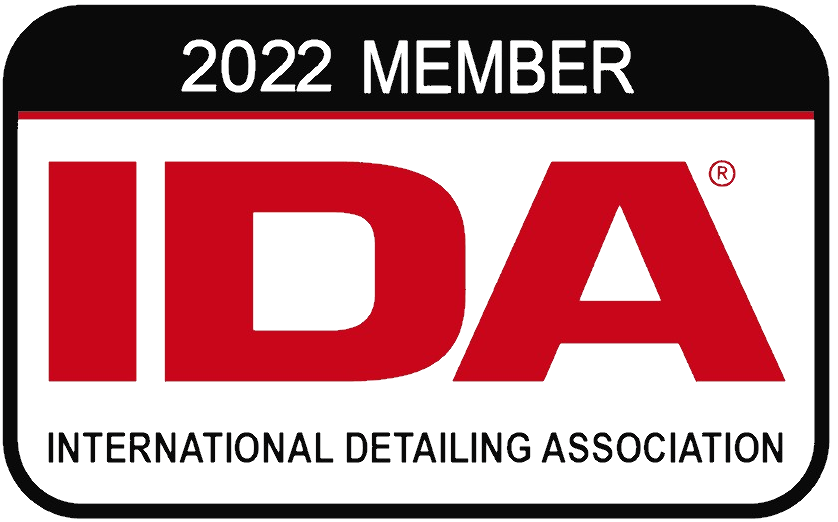
Sputtered Ceramic Window Films!. The summer sun can be brutal, baking your car into an inferno and bombarding you with harmful UV rays. Window tinting offers a solution, but with various options available, choosing the right film can feel overwhelming. Today, we’ll dissect two popular choices: dyed window films and the high-tech sputtered ceramic films. Buckle up and get ready to see through the tint!
Dyed films, the more traditional option, are essentially sheets of polyester film infused with colored dyes. They offer a few key benefits:
However, dyed films come with some significant drawbacks:
Sputtered ceramic films represent a leap forward in window tinting technology. Here’s how they work:
Sputtered ceramic films address the limitations of dyed films head-on:

While sputtered ceramic films come at a higher cost than dyed films, the benefits are undeniable. They offer:
The Verdict
If you prioritize long-term value, performance, and a comfortable driving experience, sputtered ceramic films are the clear winner. They offer a significant upgrade in heat rejection, durability, and overall quality compared to dyed films. While the initial cost may be higher, the long-lasting benefits and improved comfort make sputtered ceramic films a worthwhile investment.
So, the next time you consider window tinting your car, ditch the dye and explore the world of sputtered ceramic films. Your car (and your wallet in the long run) will thank you!
In Summery
Confused about window tint? Debating between dyed and ceramic films? This blog breaks down the technology behind sputtered ceramic films and compares them to dyed films. Discover the benefits of ceramic tint for superior heat rejection, lasting color, and a clearer view!

Watch as water beads off the deck with our super hydrophobic coatings.

Protect the paintwork from UV damage and keep its vibrant colour despite the conditions.

Let the fear of a rough docking be a thing of the past with a 10H coating.

With minimal maintenance, our products are guaranteed to provide protection for years to come.

With our chemical and contaminant resistant coating, the surface is kept clean. Needing only minor occasional maintenance.

Trusted in 70+ countries, Onyx Coating is the top choice for professionals and car owners seeking premium protection.

Our ceramic coatings adhere to the surface making it resistant to corrosion and oxidation and contamination-free.

Bonds tight with the surtace to maintain a uniform cover and protect the surface evenly.
If you are interested in our products or keen to work with us, send us a message and we will get in contact with you to schedule a quick call or contact us via our email [email protected]
Once this information has been received our team will review the accounts and get into contact with you.
With the world’s first N1 nano coating product under our name, we are one of the most advanced automotive protection providers in the market.
Sign up for the latest offers & promotions




© ONYX COATING 2025. All Rights Reserved.